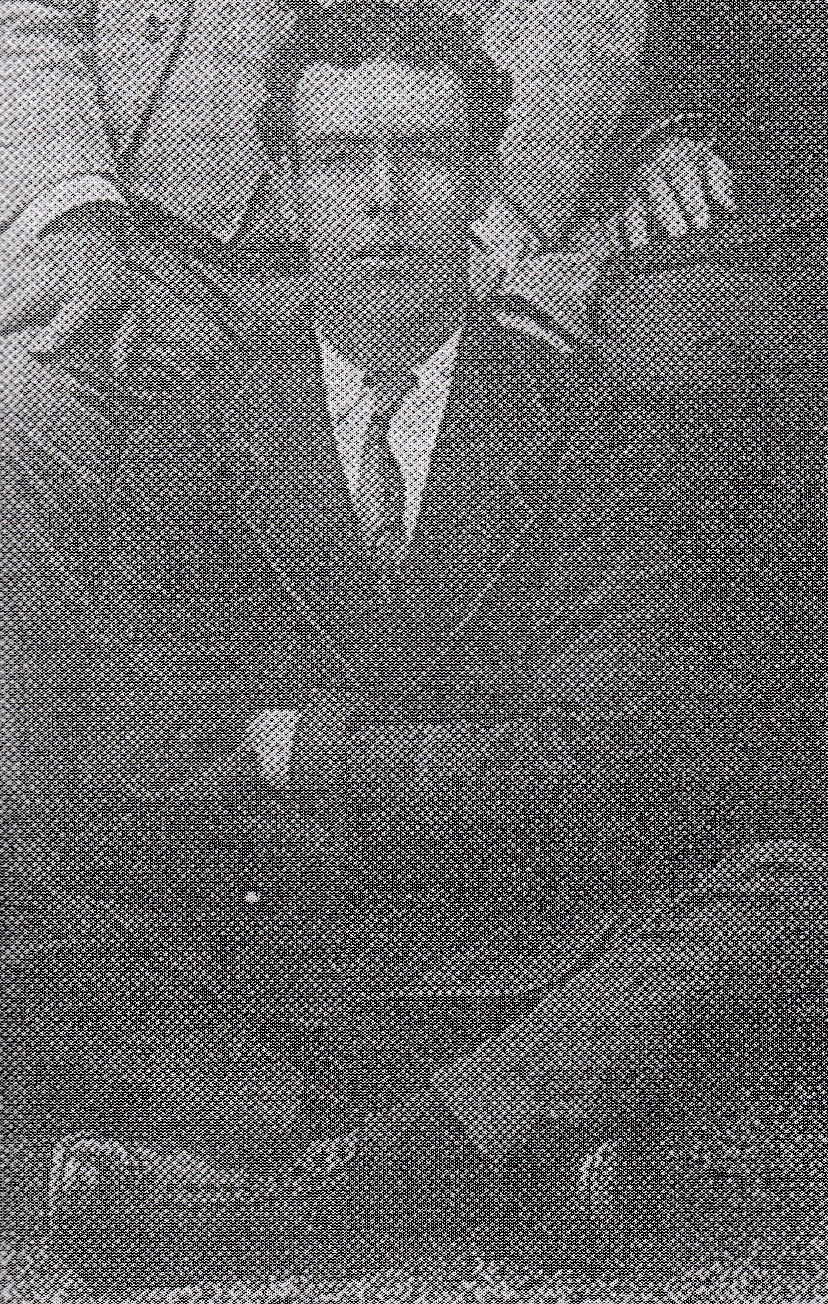______Warning: Aboriginal and Torres Strait Islander readers are advised that this story contains the name and image of a deceased Indigenous person.
George Reynolds, born in 1889 in Sydney, stands as a significant figure in the history of Rugby League. Known by the nicknames ‘Darky’ and ‘Ranji,’ Reynolds began his career with the South Sydney Federal junior club. On 1 January 1921, he married Hannah Bridget Payne in Hurstville. Reynolds passed away in 1962 at the age of 72 and is buried at Woronora Memorial Park, Sutherland. His legacy includes being recognised as the first Indigenous player to play first grade, a distinction confirmed by Glebe club historian, Max Solling.
Reynolds’ Indigenous background is indisputable. The period’s social attitudes are reflected in ‘The Sydney Sportsman’ newspaper, which referred to him as ‘Darky’ Reynolds. A 1914 report on the Metropolitan team described him as: “the representative from La Perouse,” a likely reference to his Indigenous heritage. At that time, significant racism towards Indigenous Australians meant the media often downplayed Indigenous achievements, especially those challenging prevailing racial biases.
Supporting this claim is evidence from Reynolds’ Glebe teammate, Laidley Burge, who remembered him as Indigenous. Initially, it was believed that George Green, who played for Eastern Suburbs and North Sydney between 1909 and 1922, was the first Indigenous player. However, historian Andrew Moore later established that Green was of West Indian descent from St Kitts, not Indigenous.

Reynolds, hailing from La Perouse, began his career in juniors (Federals) and reserve grade before advancing to South Sydney's first grade team. In 1911, he played one game for South Sydney. In 1913, he joined Annandale, playing 13 games and scoring two tries, with additional appearances in the City Cup and first grade. The residential rule, which required players and officials to belong to their local club, included exceptions. This allowed Reynolds to play for Annandale in 1913 when Souths, with a strong lineup, loaned him out, providing him the opportunity to play regularly in the top grade and hone his skills. In 1914, he returned to South Sydney, playing eight games, scoring one try, and kicking two goals.
During his career, Reynolds played nine first grade games for Souths in 1911 and 1914, scoring one try and kicking two goals. He was part of the 1914 premiership-winning team. That season, Australian international Ray Norman was dropped in favour of Reynolds for a game against Glebe. His performance on a muddy field was highlighted by ‘The Sun’ for his prominence in the three-quarter line.
In 1917, Reynolds was part of the second grade premiership-winning team, contributing a try and a goal. His playing style as a five-eighth was marked by great pace, elusiveness, and effective tackling, making him a formidable player on the field. He received a permit to play for Annandale before moving to Glebe in 1918 where he played ten games and scoring three tries, and continued with five games and two tries in 1919.
George Reynolds' pioneering role as the first Indigenous player in Rugby League is a testament to his skill and determination despite the racial challenges of his time. His contributions to the sport remain a significant part of its history, inspiring future generations of Indigenous athletes.
Sources:
- Max Solling, An Act of Bastardry: Glebe District Rugby League Football Club 1908-1929
- Charles Little, Through Thick and Thin: The South Sydney Rabbitohs and their Community
- Colin Tatz, Obstacle Race: Aborigines in Sport
- The Referee; Sydney Morning Herald; The Star (later The Sun)





















































